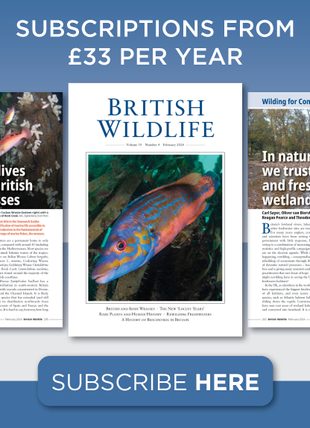About this book
Landscape today is no longer just a cultural aspect, intended as an elitist phenomenon, but emerges as an essential element in the definition and the application of a modern approach in sustainable development. Historical locally adapted distinctive and ingenious combinations of management practices have contributed and continue to contribute tremendously to the biodiversity of the world, resulting not only in outstanding aesthetic beauty, but, in the sustained provision of multiple goods and services, food and livelihood security and quality of life. The development of policies to preserve and manage landscape resources, has to face both the degradation of cultural landscape due to socio-economic development and the need to develop appropriate methods and approaches. This book presents different methodologies developed to analyse, manage and plan landscape resources. It reports recent research findings and case studies from Europe and North America, suggesting also the revision of some orientations and views of the current policies concerning forestry, rural development and nature conservation, often contributing to degrade cultural landscapes.
Contents
Part I: Analysis; * The development of a historical and cultural evaluation approach in landscape assessment: the dynamic of Tuscan landscape between 1832 and 2004, M Agnoletti; * Cultural landscapes in northern forests - time, space and affiliation to the land, L Ostlund, Swedish University of Agricultural Sciences, Sweden and I Bergman, Sweden; * Energy balance and land use: the making of an agrarian landscape from the vantage point of social metabolism (the Catalan Valles County in 1860/70), E Tello, Universitat de Barcelona, Spain, R Garrabou and X Cusso, both at Universitat Autonoma de Barcelona, Spain; * Earth observation techniques and geographic information systems as tools for assessing land use/cover changes in a landscape context, G Chirici, University of Firenze, Italy, M Koehl, University of Hamburg, Germany and P Corona, University of Tuscia, Italy; Part II: Management; * The project for the rural landscape park in Moscheta, M Agnoletti, V Marinai and S Paoletti, both at Universita di Firenze, Italy; * Long-term vegetation dynamics in Southern Scandinavia and their use in managing landscapes for biodiversity, R Bradshaw and G Hannon, both at Environmental History Research Group, Copehagen, Denmark; * Maintaining cultural and natural biodiversity in Europe's economic centre and periphery, P Angelstam, Swedish University of Agricultural Sciences, Sweden; * Rethinking traditional preservation approaches for managing a forested cultural landscape: the case of Marsh-Billings-Rockefeller National Historical Park's Mount Tom forest,; R Diamant, C Marts and N Mitchel, all at Marsh-Bilings-Rockefeller National Historical Park, Vermont, USA; * Working forest landscapes: two case studies from North Carolina, G Blank, North Carolina State University, USA; * Restoration in the American national forests: ecological processes and cultural landscapes, N Langston, University of Wisconsin Madison, Madison, USA; * Land-use and landscape histories: the role of history in current environmental decisions, S Anderson, Forest History Society, USA; * Cultural landscape management in Europe and Germany, S Weizenegger, Institute for Economic Geography, Munich, Germany and W Schenk, Institute for Geography Historical Geography, Bonn, Germany; * The restoration of forest landscapes through farmland afforestation measures in Spain, C M Molina, University of Madrid, Spain; Contents Continued:; Part III: Case Studies; * Historic landscape restoration: case studies of site recovery in post-industrial South Yorkshire, England, I D Rotherham, Sheffield Hallam University, UK; * Comparative international research on agricultural land-use history and forest management practices: the Tuscan estate of Castello di Spannocchia and Vermont's Marsh-Billings-Rockefeller National Historical Park, G Latz, Portland State University, USA; * Shaping the landscape: long-term effects of the historical controversy about the Viennese forest ("Wienerwald"), E Johann, University of Natural Resources and Applied Life Sciences, Vienna, Austria; * Recovery and valorization of an historical fruit orchard: the Kolymbetra in the Temple Valley, Sicily, G Barbera, M Ala,; * D S La Mela Veca and T La Mantia. all at Universita di Palermo. Palermo. Italy.
Customer Reviews



































